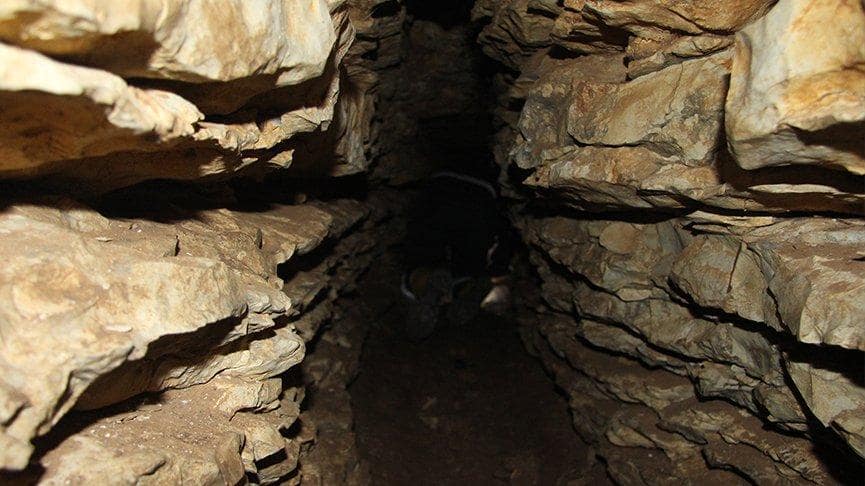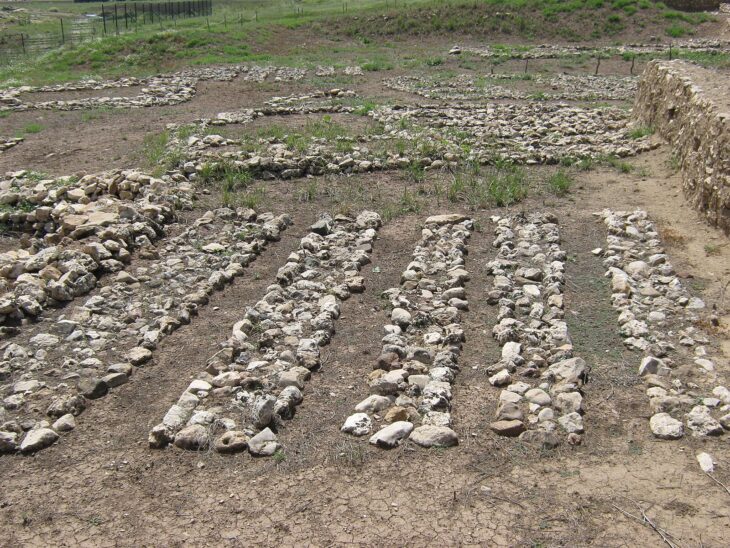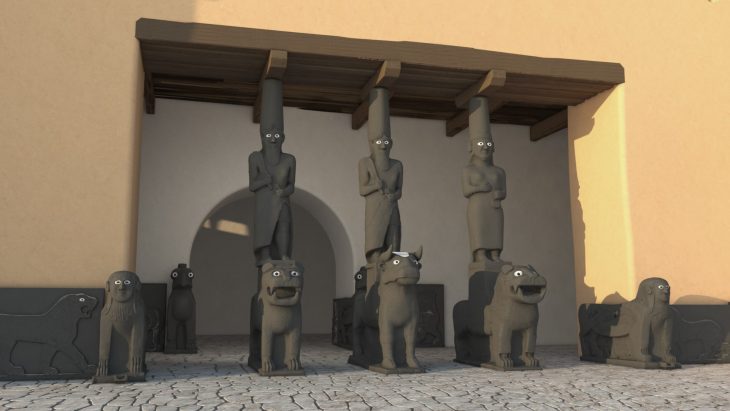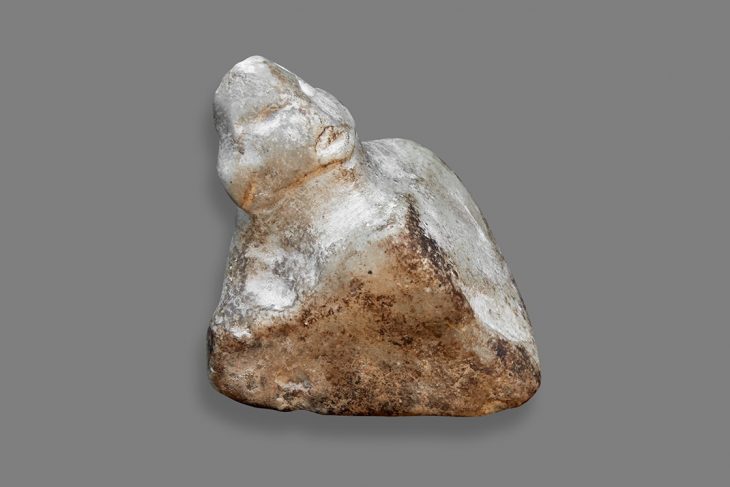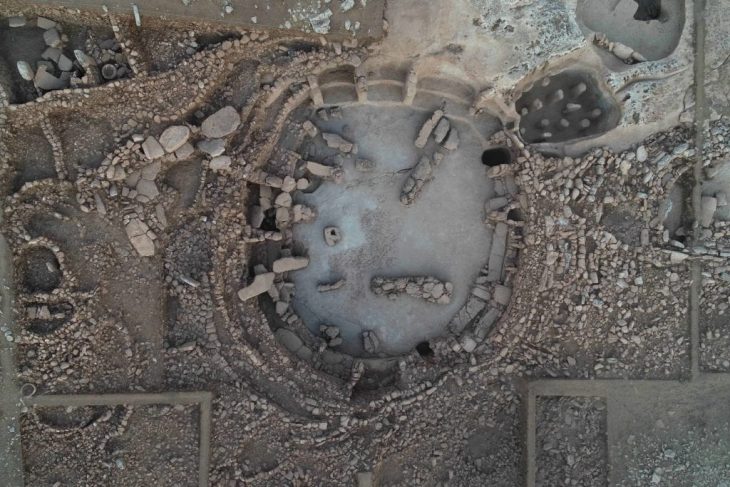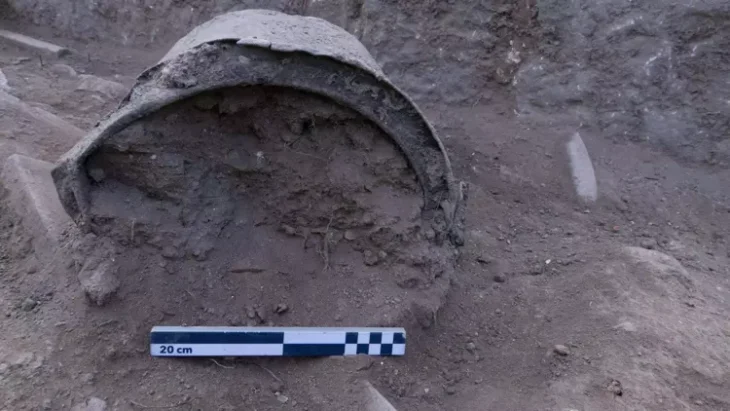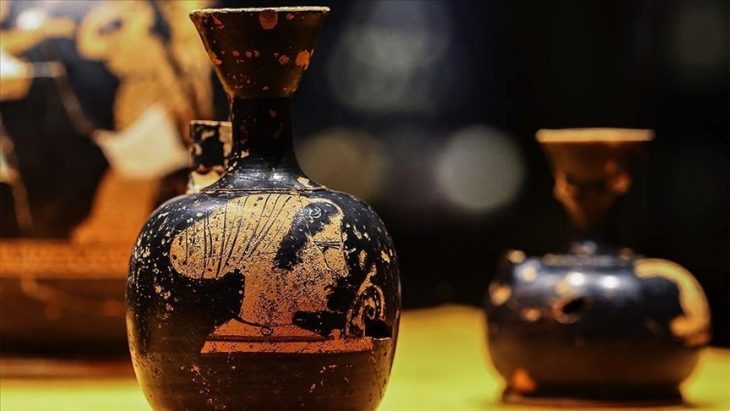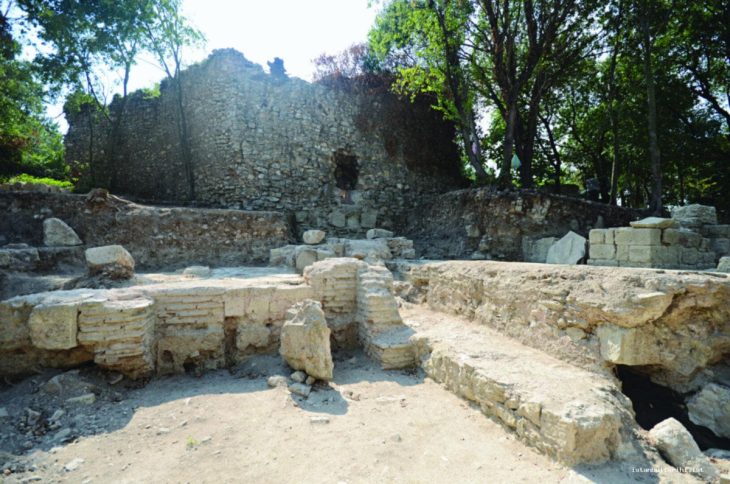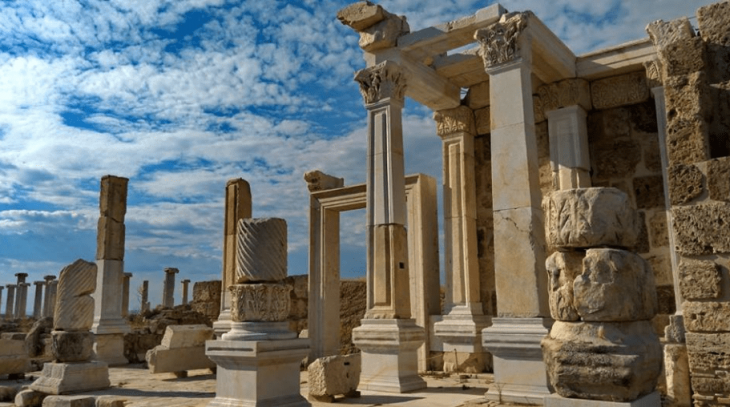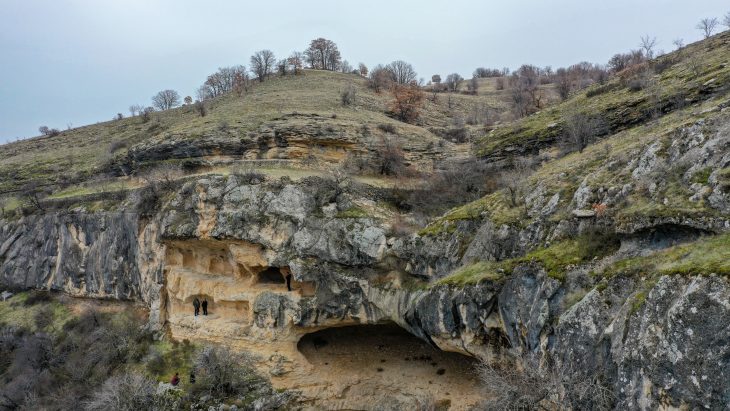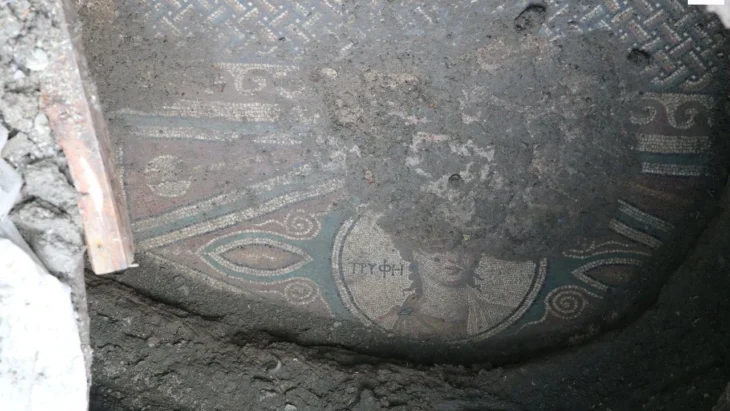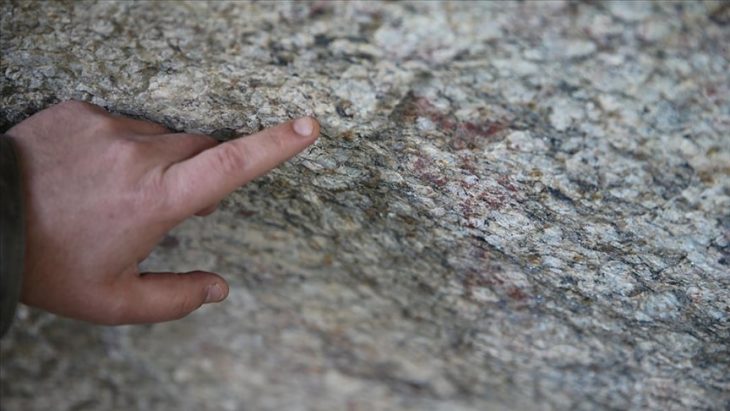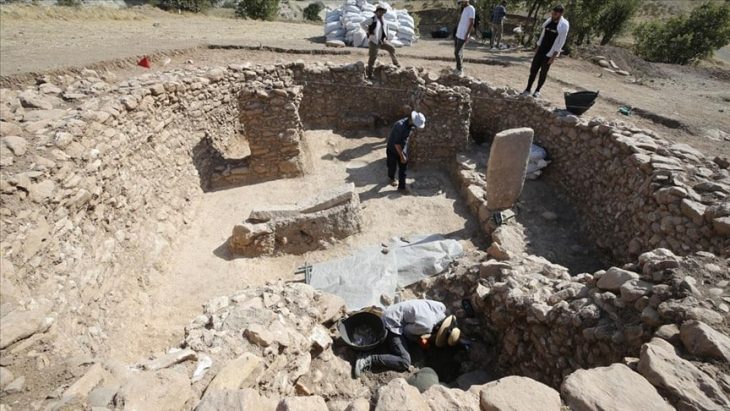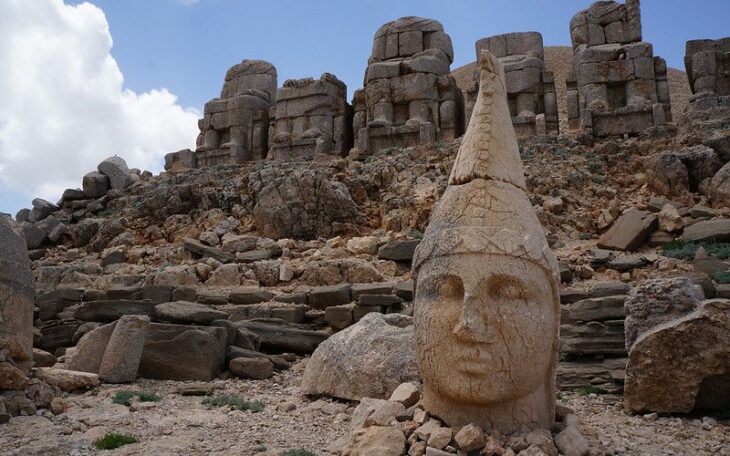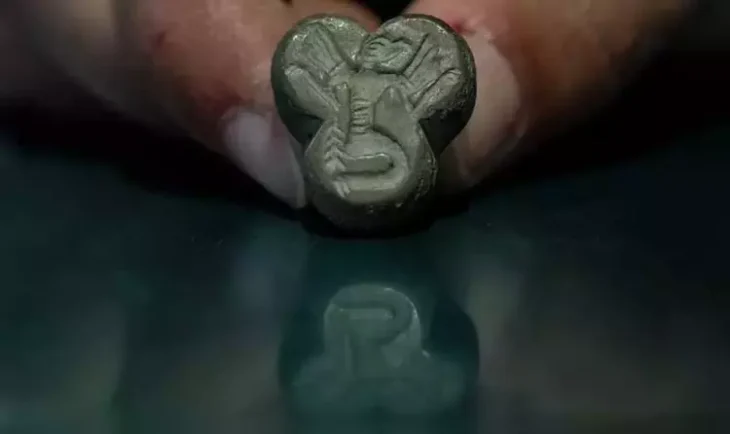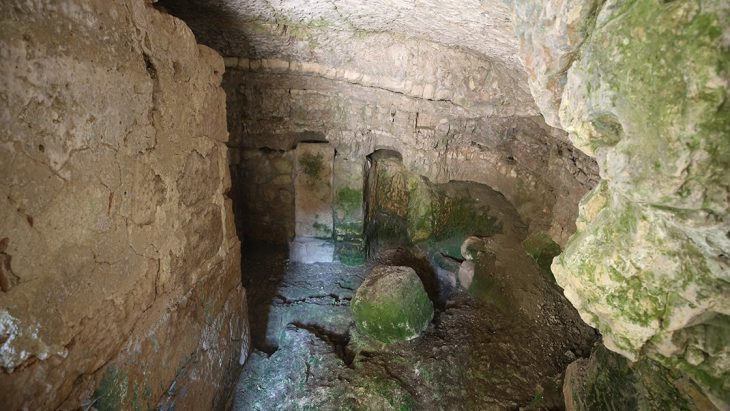A cave determined to be from the Roman period was found in Kocaeli’s Kandıra district. It turned out that this cave was dedicated to the Mother Goddess Kybele, who had a special place in Anatolian culture.
It was announced that the altar in the cave, which is very important for Anatolian and world archeology, was stolen by illegal excavators and this unique altar was seized by the police forces.
The cave, which was discovered in Yağbolu locality of Hacılar village of Kandıra district, was found as a result of scientific studies conducted by Kocaeli Museum Directorate under the name of “Kandıra Kybelesi”.
It was revealed that a cave dedicated to the Mother Goddess Kybele (Goddess Kybele), which is classified among the most important goddesses of Anatolian culture, was discovered for the first time in the region.
According to the news in the İhlas News Agency, it was stated that with the discovery of the cave, a very important development was experienced for Anatolian and world archeology. It is noteworthy that the cave is covered with trees in the forest and located in an area near the water source, the water source, and pine trees around the cave, which are indispensable for “Kybele” cult ceremonies.
📣 Our WhatsApp channel is now LIVE! Stay up-to-date with the latest news and updates, just click here to follow us on WhatsApp and never miss a thing!!
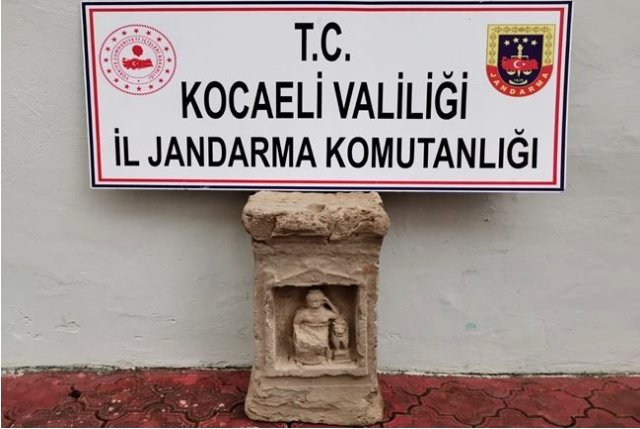
On the other hand, it was learned that an altar, which was determined to be kidnapped by the treasure hunters, was seized by the security teams. Scientific studies on the captured altar revealed that the altar was a unique work.
Kocaeli Provincial Gendarmerie Command teams reached the knowledge of people trying to sell the Kybele statue they found in the cave. As a result of the follow-up, the teams, which determined the identity of the historical artifact smuggler, carried out an operation to the specified address. The suspect named was taken into custody with the Roman period sculpture he was trying to sell. It was determined that the captured statue was the Kybele altar.
While the statue was handed over to the officials of the museum, the gendarmerie teams launched an investigation into the incident.
It is thought that the Kandira Kybelesi is a unique work from the Roman Period and it may have been produced by a local master.

